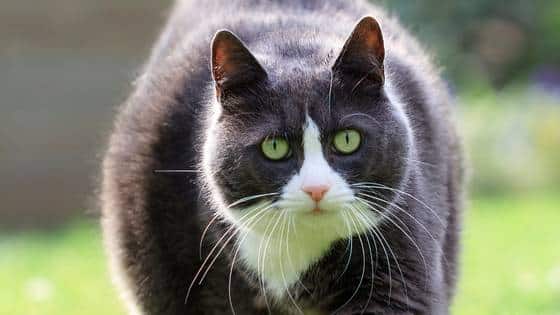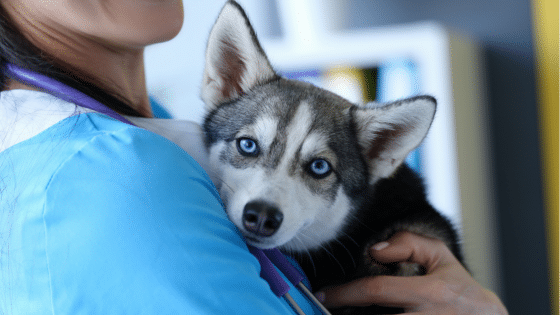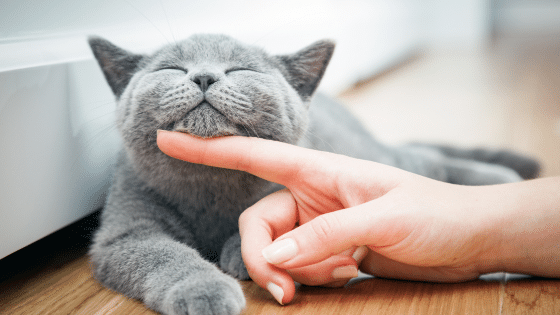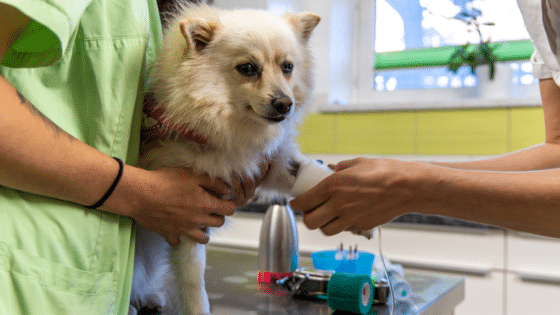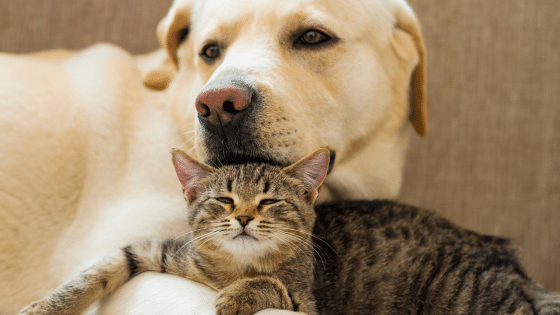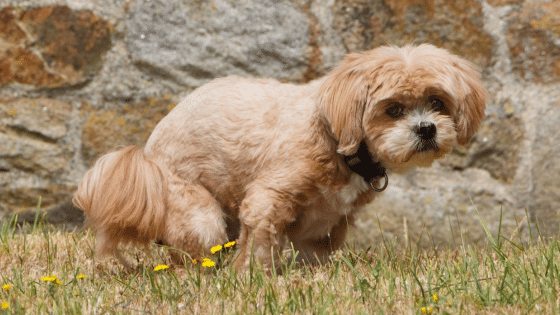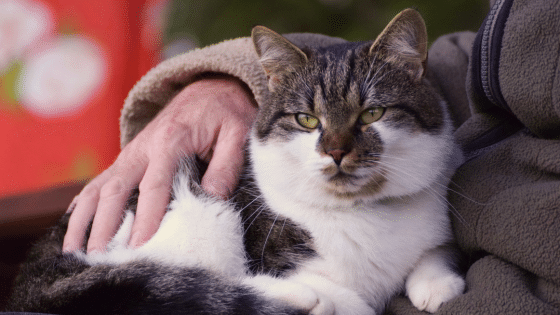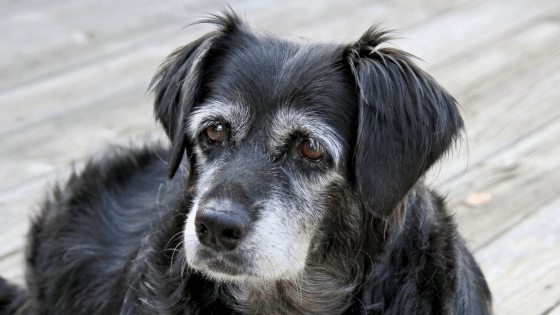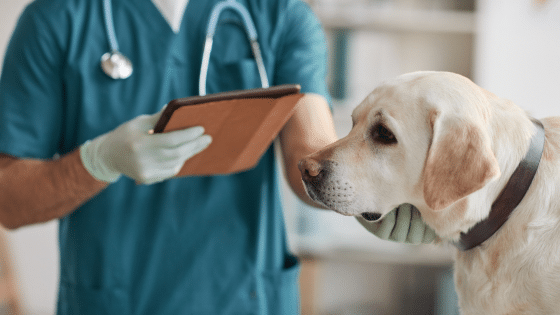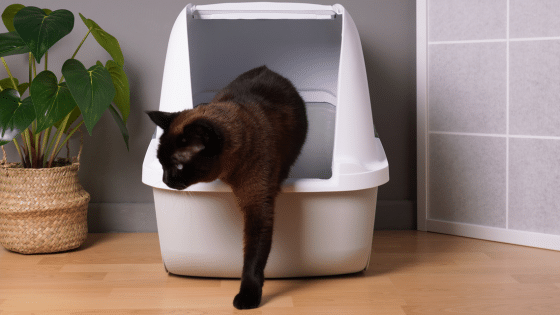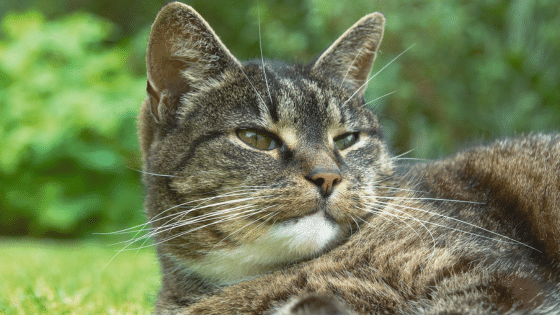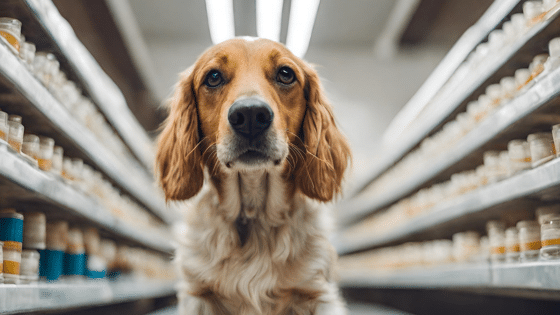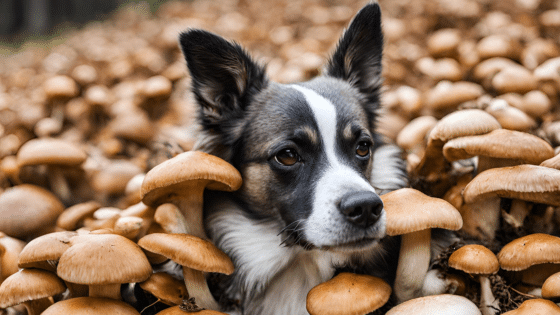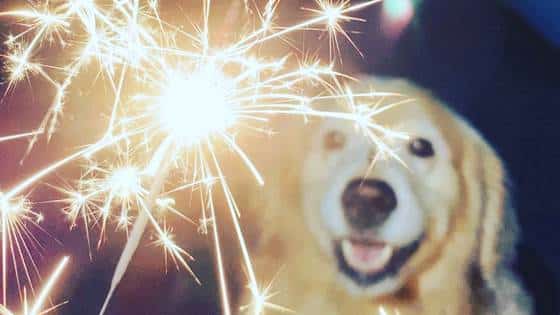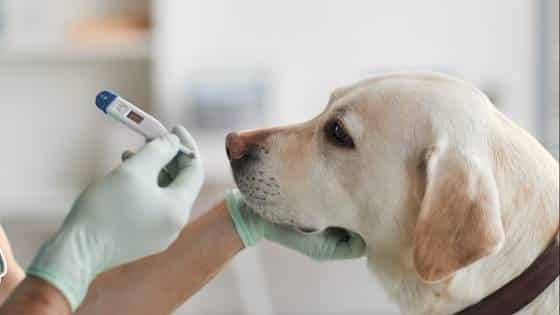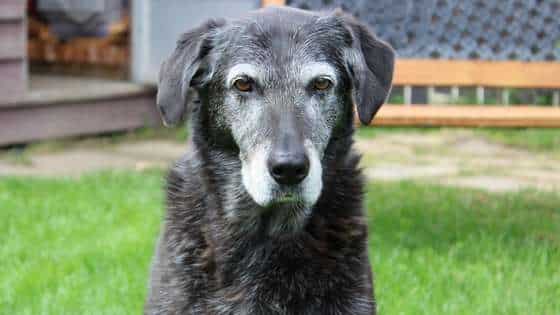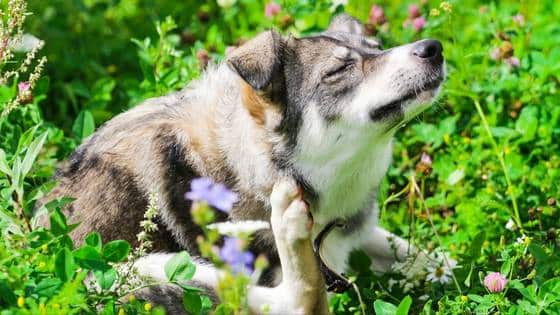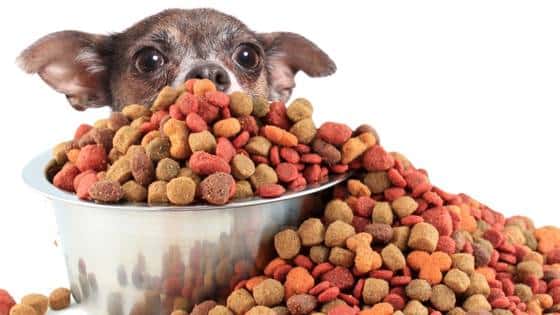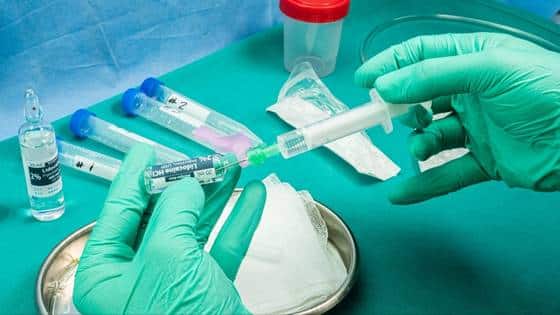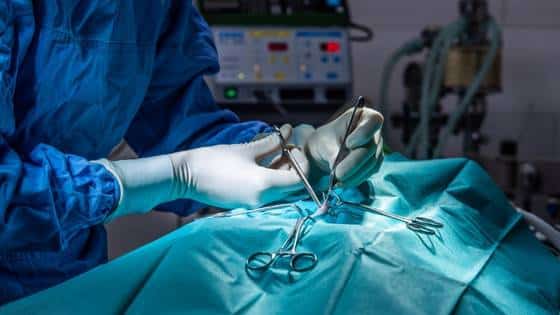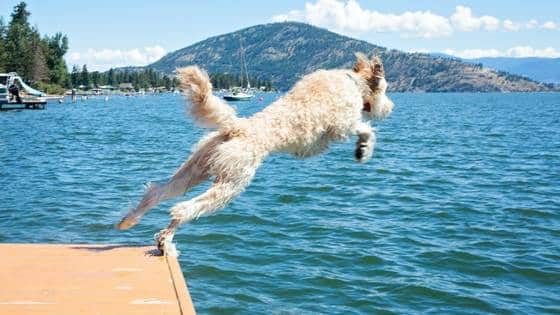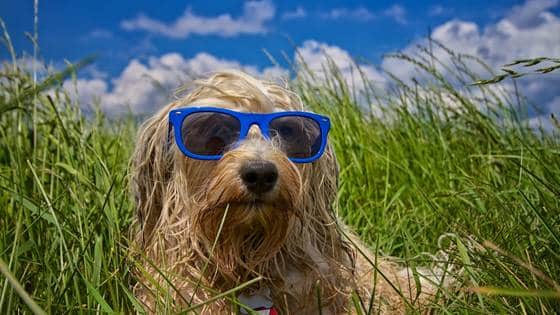Studies show that 40% of our cats suffer from obesity
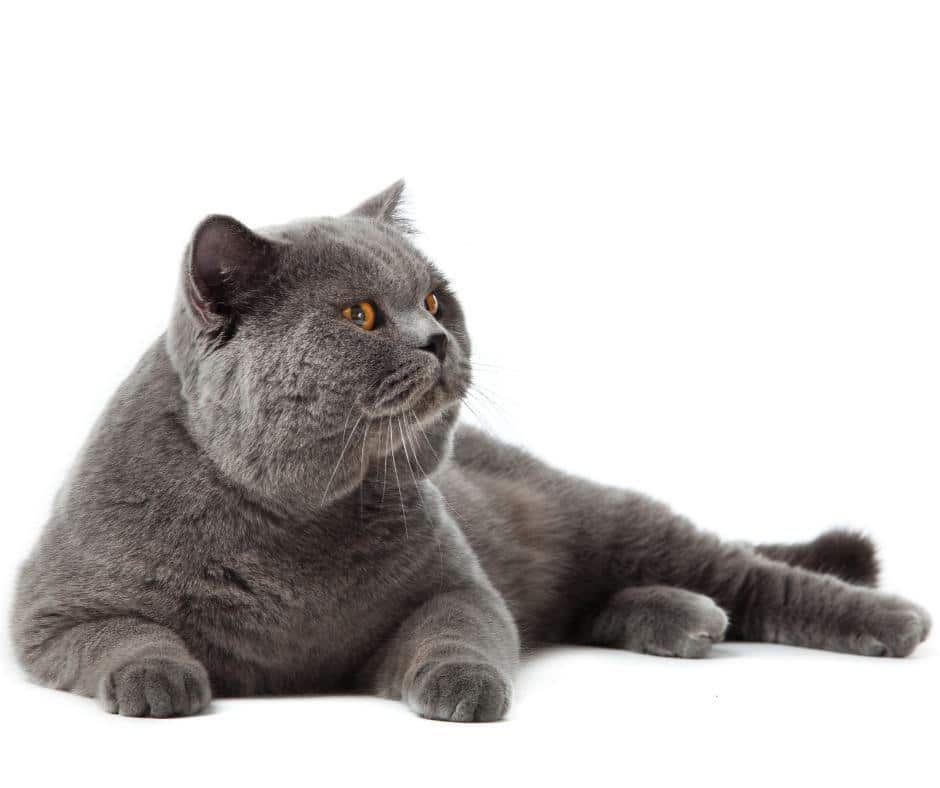
A cat is considered overweight when its ideal body weight is exceeded by 15-20%.
Weight gain is usually the result of a sedentary lifestyle. The intake of too many calories and at the same time too little energy consumption due to too little exercise inevitably leads to the storage of excess energy in the form of fat. Adult cats kept in an apartment without access to the outdoors and fed abundantly are particularly at risk.
Overweight worsens the quality of life of the cat
- Joint diseasesJoint diseases are often the result of excess weight. Pain and reluctance of the cat to move in turn promote weight gain.
- Diabetes mellitusMany overweight cats develop diabetes mellitus (diabetes) in old age. A large proportion could be prevented by weight management alone.
- Urinary tract diseasesBladder infections and urinary stones are the result of lack of exercise and infrequent urination. Overweight cats often have problems entering the litter box and therefore use it less.
- Skin problemsDue to the excess weight and the joint problems that often follow, these cats tend to lack coat care, which in turn can lead to skin problems.
- Cardiovascular diseasesAs with us humans, being overweight also puts a strain on the cardiovascular system. They have a shorter life expectancy than their normal-weight peers.
- Liver LipidosisObese cats react very sensitively to a sudden cessation of food intake (e.g. in the case of an illness or food with low acceptance). Liver lipidosis (fat storage disease) is the result and can be potentially fatal.
The right diet for the cat
A low calorie diet high in protein and fiber is recommended. Simply offering half of a normal diet is not advisable for a cat, as this will also cause it to absorb half of the nutrients that are important for it.
Weight loss must be done slowly and step by step. The ideal would be a decrease in body weight by 1% per week to avoid muscle loss and liver problems. The prescribed daily ration should be carefully weighed.
To increase the feeling of satiety, it is recommended to slow down the eating speed - e.g. with food balls; dividing the daily ration and hiding it in different places in the apartment; food containers with a narrow entrance so that the cat has to fish the food out with its paw, etc.

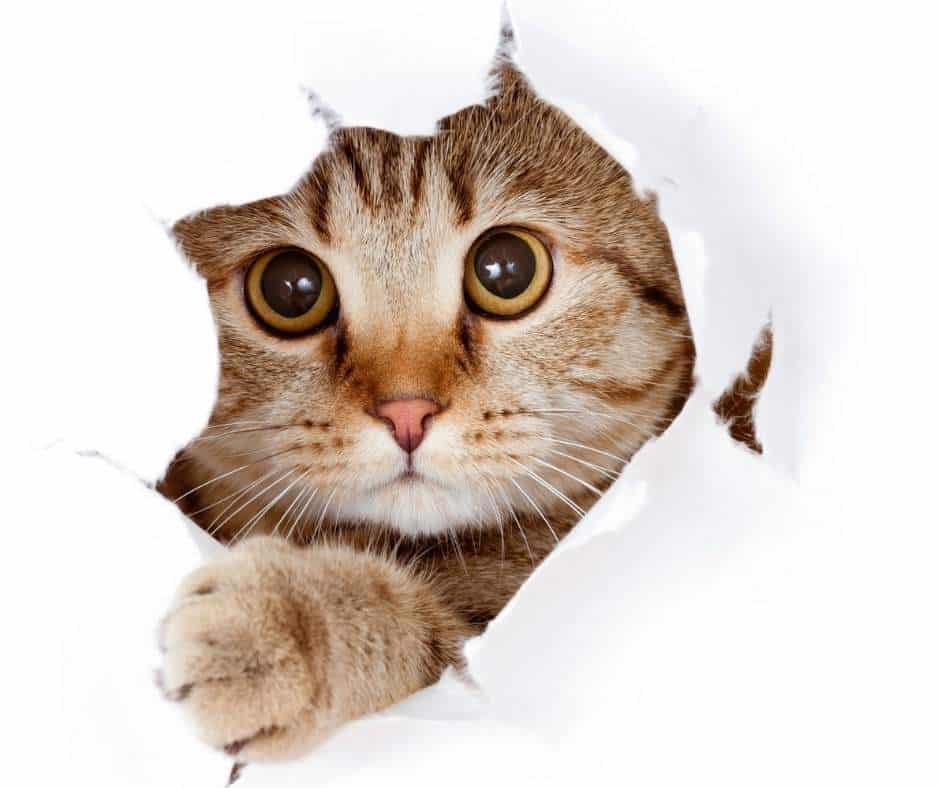
You can't do it without movement!
Physical exercise of the cat should be encouraged, as it leads to a build-up of muscle mass at the expense of fat tissue. An exercise program should be built up slowly, starting with a few minutes a day.
One can, for example, gradually distribute the dry food further and further away from the bowl.
A suitable cat toy should stimulate the hunting instinct (i.e. fast and unexpected movements, sounds, resemblance to prey animal...) such as food balls or laser pointers.
Conclusion
Weight loss is always a struggle. A cat that has successfully lost weight will always tend to gain it back and may never reach its ideal weight.
Prevention is therefore better than treatment.

